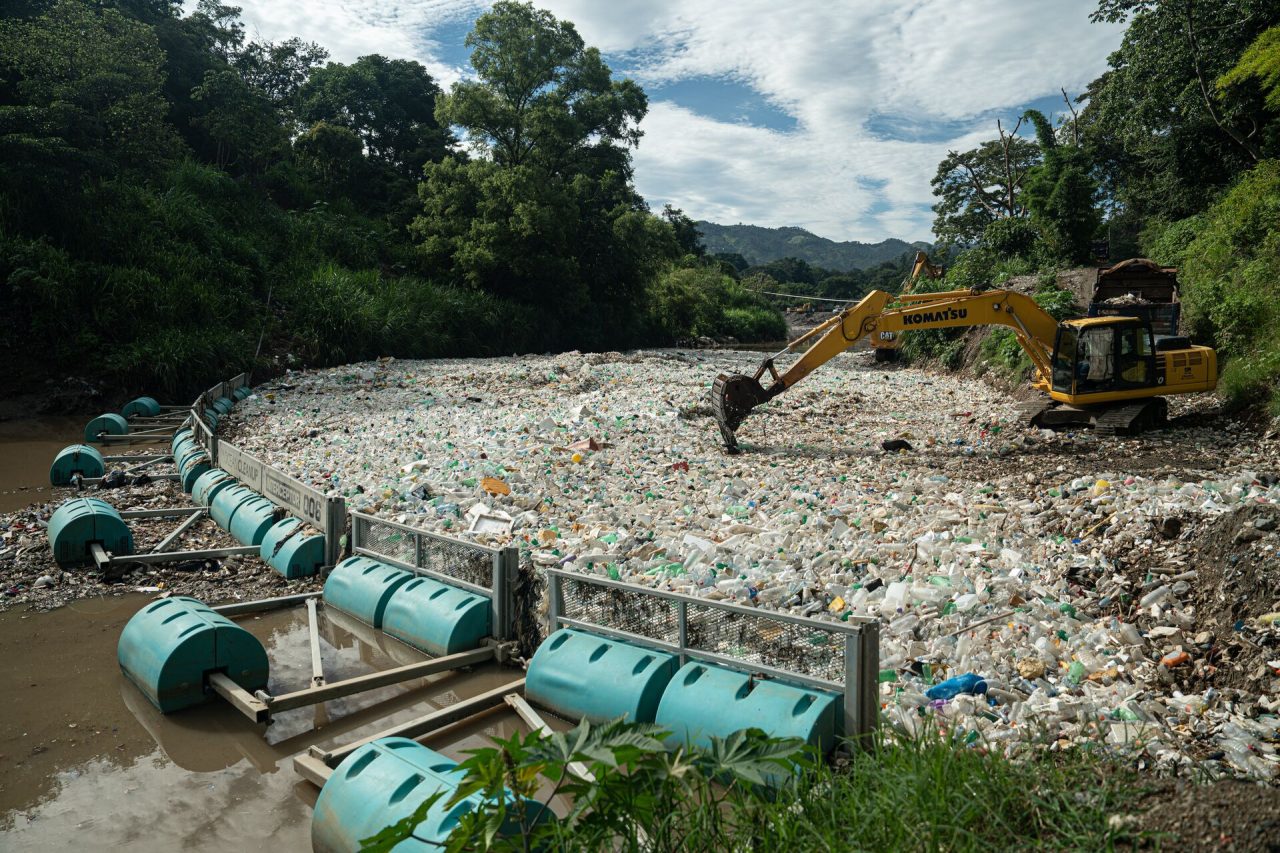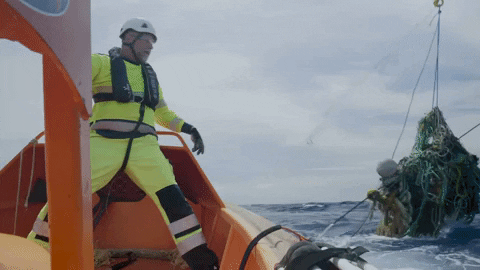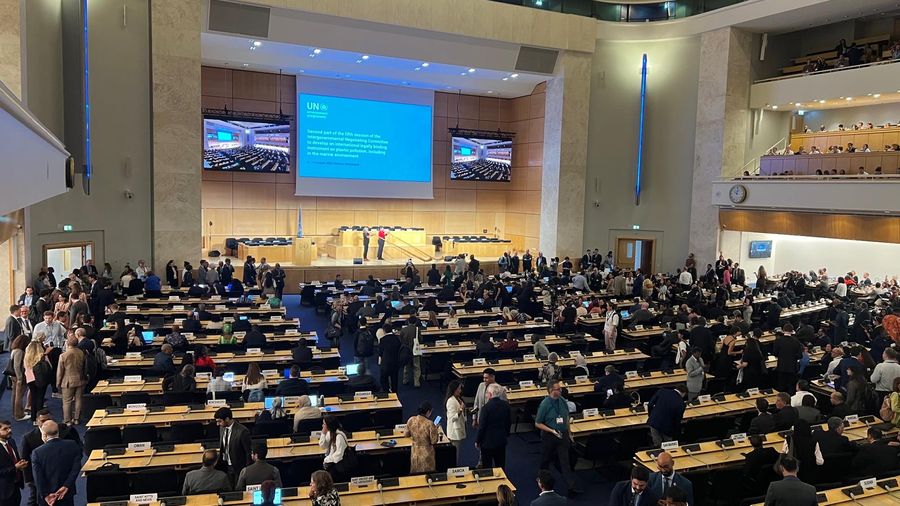
All eyes on plastic: Why monitoring will make or break the Global Plastic Treaty
Back to updatesMore than 170 nations will gather in Geneva this week for what may be a defining moment for the planet: the final round of negotiations for a legally binding global treaty to end plastic pollution.
The stakes could not be higher. Plastic waste is choking our oceans, entering our food chains, threatening biodiversity, and undermining human health. With pollution projected to increase by 50% by 2040, this treaty isn’t just necessary, it’s urgent. But if this landmark agreement is to do more than look good on paper, one element will be critical: a robust global monitoring system.
Without data, ambition is just noise.
The missing link: a global monitoring system
While much attention has focused on setting reduction targets and phasing out unnecessary plastics, a quieter but equally crucial question is surfacing in Geneva: how will the world track progress?
At present, the world lacks a consistent, credible, and globally harmonized system to measure plastic leakage. Yes, there are initiatives, open-access data platforms, and scientific efforts, but they remain fragmented and uneven, especially across countries with limited capacity. Without a reliable monitoring framework, there can be no enforcement, no accountability, and no way to distinguish real progress from empty promises.
Cleanup as a data engine
At The Ocean Cleanup, we’ve spent the last decade developing technologies to both intercept plastic before it reaches the ocean and remove it from vast accumulation zones like the Great Pacific Garbage Patch. But cleanup is not just about extraction, it’s about insight.
Our operations double as data-gathering platforms. Using AI-powered camera systems and remote sensing tools, we track, quantify, and analyze plastic debris in real time, whether in polluted rivers or on the high seas. These tools are helping identify plastic hotspots, measure the impact of local policy interventions, and build the data foundation that governments need to act with confidence.
In other words, monitoring is not a bureaucratic add-on. It’s the backbone of effective action.
A question of equity
If this treaty is to work globally, it must work for everyone. Many countries, particularly in the Global South, face significant barriers to implementing sophisticated monitoring systems: limited access to satellite data, lack of trained personnel, unreliable waste tracking systems.
For these countries, the issue is not a lack of political will but a lack of tools. That’s why the treaty must go beyond mandates. It must invest in national capacity, support technology transfer, and enable shared access to standardized monitoring platforms. Otherwise, global targets will remain out of reach for those who bear the brunt of plastic pollution.
From rivers to results
Rivers are among the most powerful indicators of plastic leakage. A recent analysis using cleanup data showed that plastic bag bans in several regions led to a 25% decrease in plastic waste, proof that well-designed policies work, and that we can track that success.
To date, The Ocean Cleanup has removed more than 32 million kilograms of plastic waste from rivers and oceans. Our new 30 Cities Program targets the world’s most polluting urban waterways, both to intercept waste and to generate scalable monitoring data that can inform treaty benchmarks.
High hopes, high stakes
As negotiations enter their final days, the message to delegates is clear: ambition without measurement is meaningless.
The treaty must include:
- Science-based global reduction targets
- Transparent systems for monitoring, reporting, and verification
- Dedicated support for national capacity building
- Open mechanisms for global data harmonization and sharing
As UNEP Executive Director Inger Andersen recently warned at the World Economic Forum’s annual meeting earlier this year, “the absence of action will have a high cost to everyone… the cost of damages from plastic pollution are predicted to rise as high as a cumulative $281 trillion between 2016 and 2040. And, you can think of it from anywhere to tourism income lost from beaches that have to be leaned up to rivers that are contaminated, to fisher folks that get more plastic than fish…”
This isn’t just a diplomatic milestone, it’s a test of whether the international community can finally align on a crisis that touches every coastline and every citizen. The world doesn’t need another declaration of intent. It needs a treaty that works.
Let this be the moment we chose proof over pledges, impact over intention, and inclusion over indifference.
The world isn’t just watching.
It’s counting on us.





